- 773 741 1359
-
This email address is being protected from spambots. You need JavaScript enabled to view it.
Fire Safety Learning Center
Learn about portable fire extinguishers
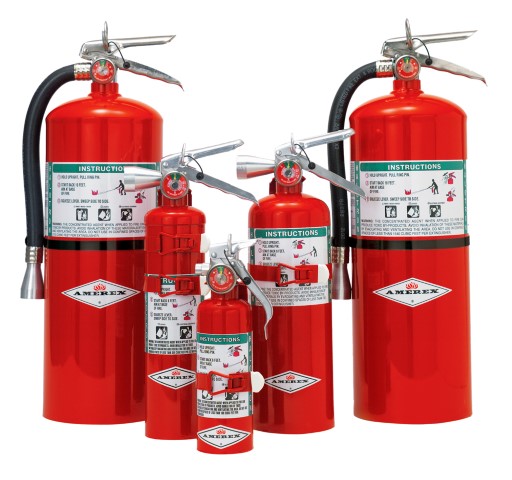
Purchasing a new portable fire extinguisher for your home or business can be a daunting task if you don’t know much about extinguishers. Different extinguishers are designed to combat specific types and sizes of fires. Do you know what type of extinguisher would work best for protecting a fireplace, versus which would work best for a kitchen grease fire? This review of the different types of fire extinguishers will help you to determine which one works best for you.
Types of Fires
The first concept to understand is that there are different classes, or types, of fires. Fire classifications are based upon the materials which have, or could, catch fire. These materials constitute the type of fuel available to a fire.
In the United States, fire classes are designated by a letter. Each class of fire also has an assigned symbol and pictogram, which are found on fire extinguishers to help users quickly identify the classes of fires on which the extinguisher will be effective.
Following is a review of the fire classes and the associated symbol and pictograms:
|
Fire Type/Class |
Fuels |
Symbol |
Pictogram |
|
Class A |
Wood, paper, cloth, trash and other ordinary materials. |
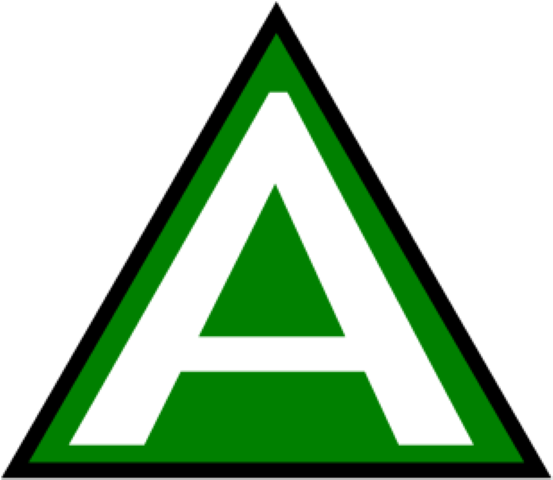 |
 |
|
Class B |
Gasoline, grease, oil, paint and other flammable liquids. |
 |
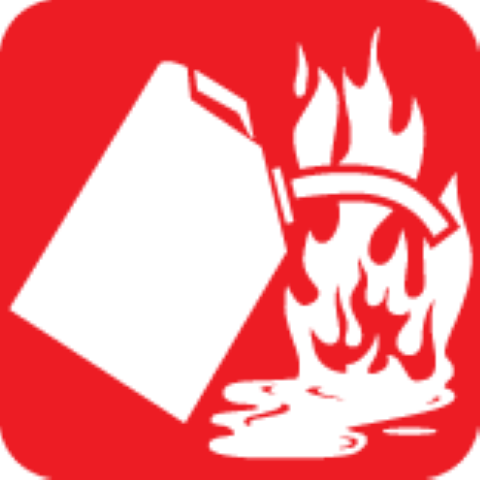 |
|
Class C |
Energized electrical equipment such as appliances, wiring, motors or machinery. |
 |
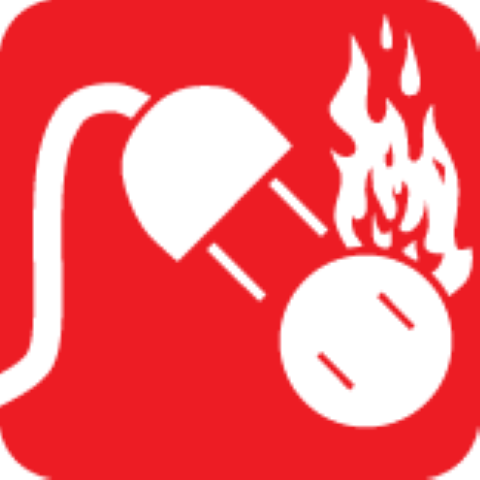 |
|
Class D |
Combustible metals such as magnesium, lithium and titanium. |
 |
 |
|
Class K |
Combustible cooking media such as oils and grease commonly found in kitchens. |
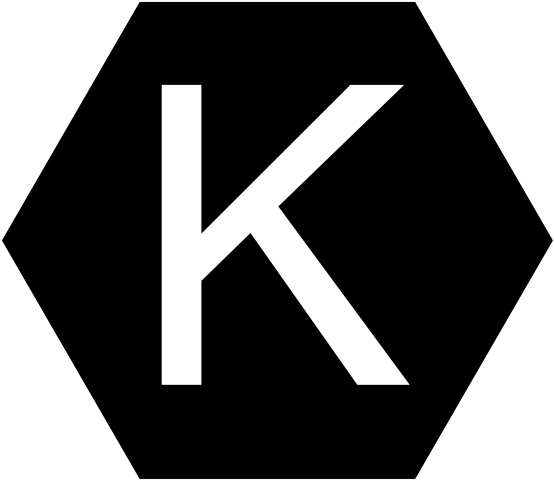 |
 |
Types of Fire Extinguishing Agents
A fire extinguisher works by expelling an extinguishing agent that snuffs out the fire. There are many different types of extinguishing agents available in fire extinguishers including water, dry chemical powders, wet chemicals, various gasses and liquid foams. Each uses slightly different means to extinguish a fire. Some extinguish a fire by taking away the oxygen needed to keep the fire alive while others use a chemical reaction to starve the fire of fuel.
Extinguishing agents are rated and approved to be used on specific classes of fires. Most, but not all agents are approved to treat multiple classes of fires. For example, monoammonium phosphate, a dry chemical agent, is approved for Class A, B and C fire protection.
Conversely, for each class of fire, you will find multiple types of extinguishing agents that are approved for use. For example, if you need an extinguisher to protect against Class A fires, you can purchase extinguishers containing water-based solutions, dry chemical powders and liquid foams.
Certain agents may be chosen over others to meet the needs of a specific application. For example, fire extinguishers containing clean agents, which are gasses that extinguish a fire without leaving any residue, are commonly used to protect areas with computers and other expensive electrical equipment. While an extinguisher that expels a chemical powder agent will also work for these types of fires, the damage caused to the equipment from the introduction of the powder could be disastrous.
Using the wrong agent on a fire can result in unsafe results, such as a partially extinguished fire or even a worsening of the situation. Anyone who has poured water on a grease fire has witnessed this first hand!
Types of fire extinguishers
Fire extinguishers are typically categorized based upon the type of extinguishing agent they contain. They can also be classified based upon the type(s) of fires they are approved to service. (Class A, B, C, D or K)
Following is a list of the most common types of fire extinguishers available:
Dry Chemical
Dry chemical fire extinguisher are typically rated for multi-purpose use and are approved for Class A, B and C fires. These are the types of extinguishers most commonly found in residential, business and commercial environments.
There are also dry chemical extinguishers that are only approved for Class B and C fires. These are used primarily to protect areas with large amounts of flammable liquids.
For use on: Class A, B and C fires.
Wet Chemical
A wet chemical fire extinguisher work by creating a barrier between the oxygen and fuel elements to prevent a re-ignition of the fire. They are typically used in commercial kitchens for protection against fires caused by deep fryers.
For use on: Primarily Class K fires.
Water & Foam
Extinguishers that use water or foam agents are used for Class A fires only. They are potentially dangerous if used on Class B fires (flammable liquids) as the agent may cause the flammable liquid to spread.
For use on: Class A fires.
Carbon Dioxide
Carbon dioxide fire extinguishers suffocate a fire by removing the oxygen needed for the fire to survive. They are used on Class B and C fires.
Carbon dioxide extinguishers should not be used on Class A fires since the agent is often unable to penetrate the combustible materials. This can result in a situation where a smoldering fire appears to be out, but can later re-ignite.
For use on: Class B and C fires.
Dry Powder
Dry powder fire extinguishers, not to be confused with dry chemical extinguishers, are used to treat combustible metal fires. These extinguishers are normally found in industrial environments. The dry powder agent used is typically specific to the type of metal being protected.
For use on: Class D fires.
Water Mist
Water mist fire extinguishers expel a super-fine mist of water particles to cut off the oxygen supply to a fire. Even though water is being used, the water particles are so fine that these extinguishers can even be used safely for Class C fires. (Electrically charged equipment.) Similar to clean agents, these extinguishers are used in specialty applications where limiting damage to equipment is a priority.
For use on: Class A fires. Also safe for Class C fires.
Clean Agent
Also known as halogenated agents, clean agent extinguishers use a gas to extinguish fires. The primary benefit is that the gas evaporates cleanly without leaving any type of residue. This is particularly beneficial for protecting expensive computer equipment, art or irreplaceable items.
For use on: Class A, B and C fires.

